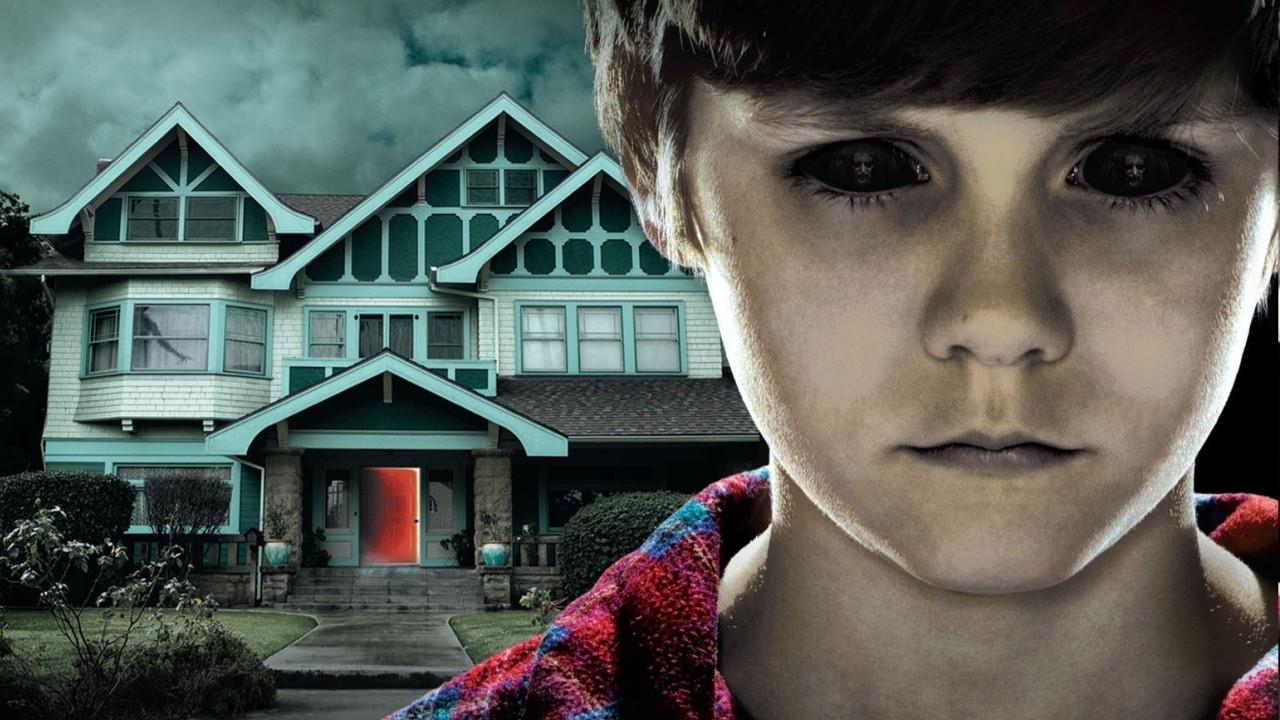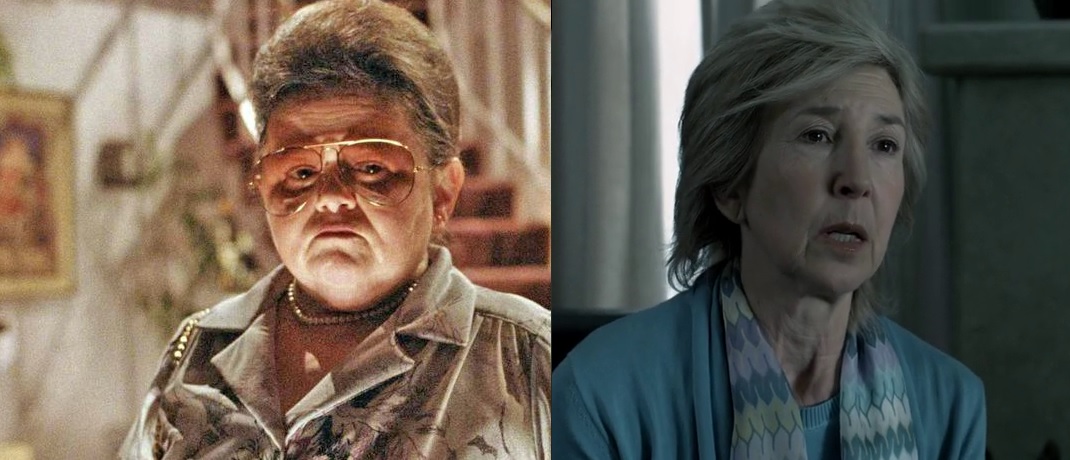The inevitable remake of 1982’s Poltergeist made its debut in theaters a couple weeks back, and both fans and critics alike were mostly underwhelmed by the modern day upgrade. It certainly wasn’t one of the worst remakes we’ve gotten, as it was overall a competently-made film, but it was ultimately rendered pointless by its insistence on sticking so close to the original classic.
Rather than bringing anything new to the table, Poltergeist 2015 was a fairly lifeless imitation of Tobe Hooper’s film, rushing to recreate the iconic beats while never bothering to have a mind or imagination of its own. It’s a problem that countless remakes have suffered from over the years, and Poltergeist served as little more than a reminder that the best remakes don’t feel like remakes.
But the good news, when it comes to Poltergeist, is that we more or less already got a damn fine remake of the film back in 2011. Since you likely read the headline of this post, you of course know that I’m referring to James Wan’s Insidious, and Wan makes no secret of the fact that his haunted house horror-show was very much a modern day take on the sub-genre’s greatest film.
In fact, Wan tweeted the following, just a few days after the release of Poltergeist 2015…
Insidious was indeed this generation’s Poltergeist, so much so that its mere existence more or less begged Hollywood to not actually bother remaking Poltergeist. And now that they went ahead and remade the film anyway, as we of course knew they were going to, Insidious seems like even more of a gem than it already was. Because it truly is the remake of Poltergeist us fans deserved.
To follow-up on something I said earlier, the one quality the best remakes tend to have is that they make you forget you’re watching remakes. Movies like Dawn of the Dead, The Hills Have Eyes and Piranha 3D took the core ideas of their originals and used them as the catalysts for entirely new stories, and the writers/directors allowed themselves the freedom to create new pieces of art.
Writer Leigh Whannell and director James Wan did precisely that with Insidious, making their own version of Poltergeist without actually, well, remaking Poltergeist. The title is different and so too are specific story beats, but the basic framework of Insidious is so directly inspired by Poltergeist that it quite frankly doesn’t even require a very close examination.
For starters, Insidious parents Josh and Renai Lambert are almost doppelgangers for Poltergeist‘s Steve and Diane Freeling, to the point that they look much the same and have a similar dynamic. Like the Freelings, the husband works while the wife stays at home, and both sets of parents are very likeable and notably middle-class. Of course, both families also happen to have three young kids.
Character similarities aside, the plots of both films are remarkably similar, centering on the paranormal abduction of young children. The major difference between the two is that Carol Anne’s physical body goes missing in Poltergeist while only Dalton’s spiritual body is terrorized in Insidious, but both children are targeted by much the same force: a demonic entity, eager to break through to the physical world.
Just as the problems are the same for both families, so too are the solutions. Insidious‘ Elise Rainier, played by Lin Shaye, is Whannell/Wan’s answer to Poltergeist‘s Tangina, who was played by iconic actor Zelda Rubinstein. Both characters are paranormal experts with a flair for the whacky, aided by teams of investigators, and they even deliver very similar monologues when they enter their respective films.
It’s not the house that’s haunted but rather the targeted child, Elise and Tangina explain, and while there are several entities present on the other side, there’s one particularly malevolent one who’s the true source of the terror. Tangina merely refers to the unseen entity as ‘The Beast’ – later explained in the sequels to be Reverend Kane – while we come face-to-face with the monster in Insidious.
Interestingly enough, one of the big differences between Insidious and Poltergeist is something that the Poltergeist remake seemingly copied from Insidious: the visual depiction of the so-called ‘Further.’ What was only hinted at in the original Poltergeist is explored in both Insidious and this year’s remake, and the former conveys the ‘other side’ much better than the latter – bad CGI plagues Poltergeist 2015’s finale.
It’s of course fairly ironic that the Poltergeist remake grabbed some ideas from Insidious, given that the intention of Insidious was very much to be “this generation’s Poltergeist,” as Wan noted in that aforementioned tweet. Even more ironic is the fact that Whannell and Wan were able to upgrade Poltergeist much more effectively than the actual remake – go figure.
If there’s any lesson to be learned by the two films at the center of this discussion, it’s that classic movies can be repackaged in entirely new ways, without actually remaking them. Insidious, on paper at least, is quite frankly the same exact movie as Poltergeist, but it’s in the execution that it was turned into a wholly different beast, shedding its inspiration and becoming its own movie.
If Hollywood simply must continue to remake classic horror movies, they could learn a whole lot from what James Wan and Leigh Whannell did with their homage to Poltergeist. Had Insidious been released as a remake of Poltergeist, I’m not sure anyone would’ve cried foul, and I’m almost certain it would’ve been hailed as one of the best horror remakes of all time.
So dare to be at least a little bit different, Hollywood. Because therein lies the key to remake success.
Support Halloween Love
If an item was discussed in this article that you intend on buying or renting, you can help support Halloween Love and its writers by purchasing through our links:
(Not seeing any relevant products? Start your search on Amazon through us.)



